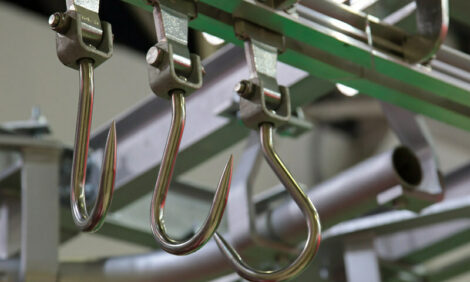



Avian Influenza US Outlook for 2016
ANALYSIS - RNA virus' mutate very rapidly, but Harrisvaccines does not have to guess which strain is going to affect the industry next thanks to their unique rapid response technology.Joel Harris, Harrisvaccines head of sales and marketing, said they are able to respond to new strains of avian influenza as they occur. With their rapid response technology, they can update their vaccines or create multivalent vaccines in about four to six weeks.
Joel Harris speaks to ThePoultrySite about his 2016 outlook for avian influenza in the US and globally as well.
Globally, avian influenza is endemic, especially with H7 or other sub-type or strains, so they've been utilising a lot of traditional vaccines technology - either during outbreaks or as an annual vaccination plan, so there are opportunities for this rapid response technology to be applied in other parts of the world, said Harris.
According to USDA, the outbreak of highly pathogenic avian influenza (HPAI) H5 in spring 2015 was the worst animal disease outbreak in US history. This disease is extremely deadly to chickens and turkeys and caused significant losses earlier this year. More than 200 premises were affected in 15 States, with more than 48 million birds depopulated.









